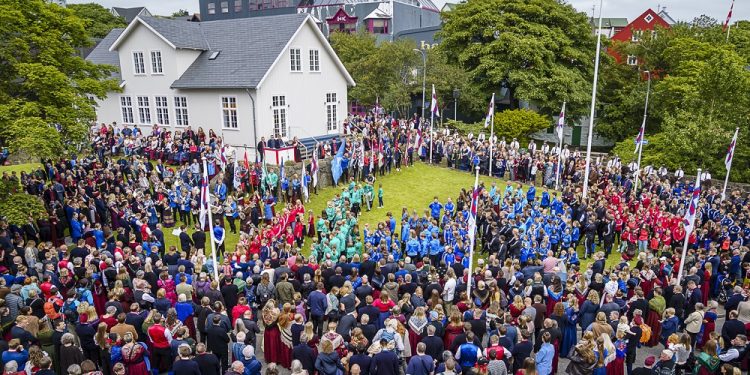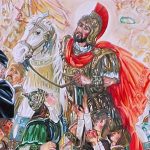
St. Olav’s Day
Observed as a public holiday in the Faroe Islands every year on July 29th, St. Olav’s Day commemorates King Olav II, who brought Christianity to the islands. This holiday is a national holiday in the Faroe Islands and is celebrated in conjunction with St. Olav’s Eve, which falls on July 28th.
This forms a two-day holiday that features festivals, parades, and a variety of other events all across the islands. Festivities begin on the evening of the 28th, and many people enjoy concerts, speeches, sporting events, and drinking on that date. It continues until midnight on the 29th.
The History of St. Olav’s Day
King Olaf II Haraldsson was the King of Norway from 1015 to 1028. He was king until he died during the Battle of Stiklestad. Shortly after his burial, he was canonized, and Nidaros Cathedral was built over the site of his burial. From all over Norway and the rest of Europe, pilgrims would visit the Cathedral, and this caused Christianity to spread across Norway. Eventually, St. Olav was made Norway’s patron saint.
St. Olav’s feast day became an important festival in Norway through the Reformation. However, it is not really observed now in Norway in that way. It is observed in the Faroe Islands, though, and that’s why this holiday is so important to everyone observing it.
Observing St. Olav’s Day
This two-day celebration starts on St. Olav’s Eve on July 28th and continues to St. Olav’s Day on July 29th. People all across the Faroe Islands celebrate this day with parades, sporting events, concerts, music festivals, dancing, and lots and lots of alcohol.
There are also political speeches as the Prime Minister makes his annual speech to the nation and to the Parliament. At midnight, festivities end after crowds gather to sing traditional songs and partake in traditional dances.








